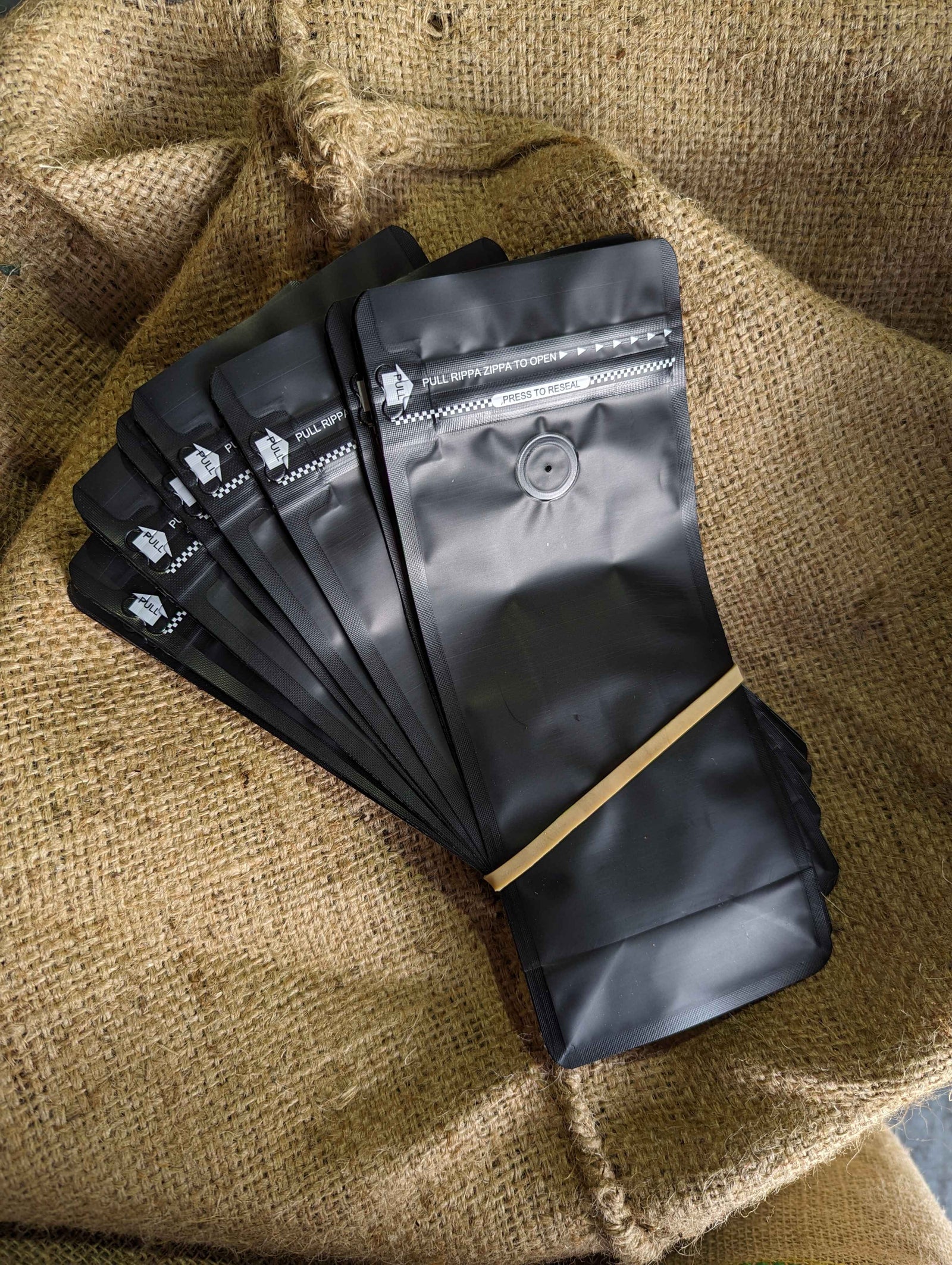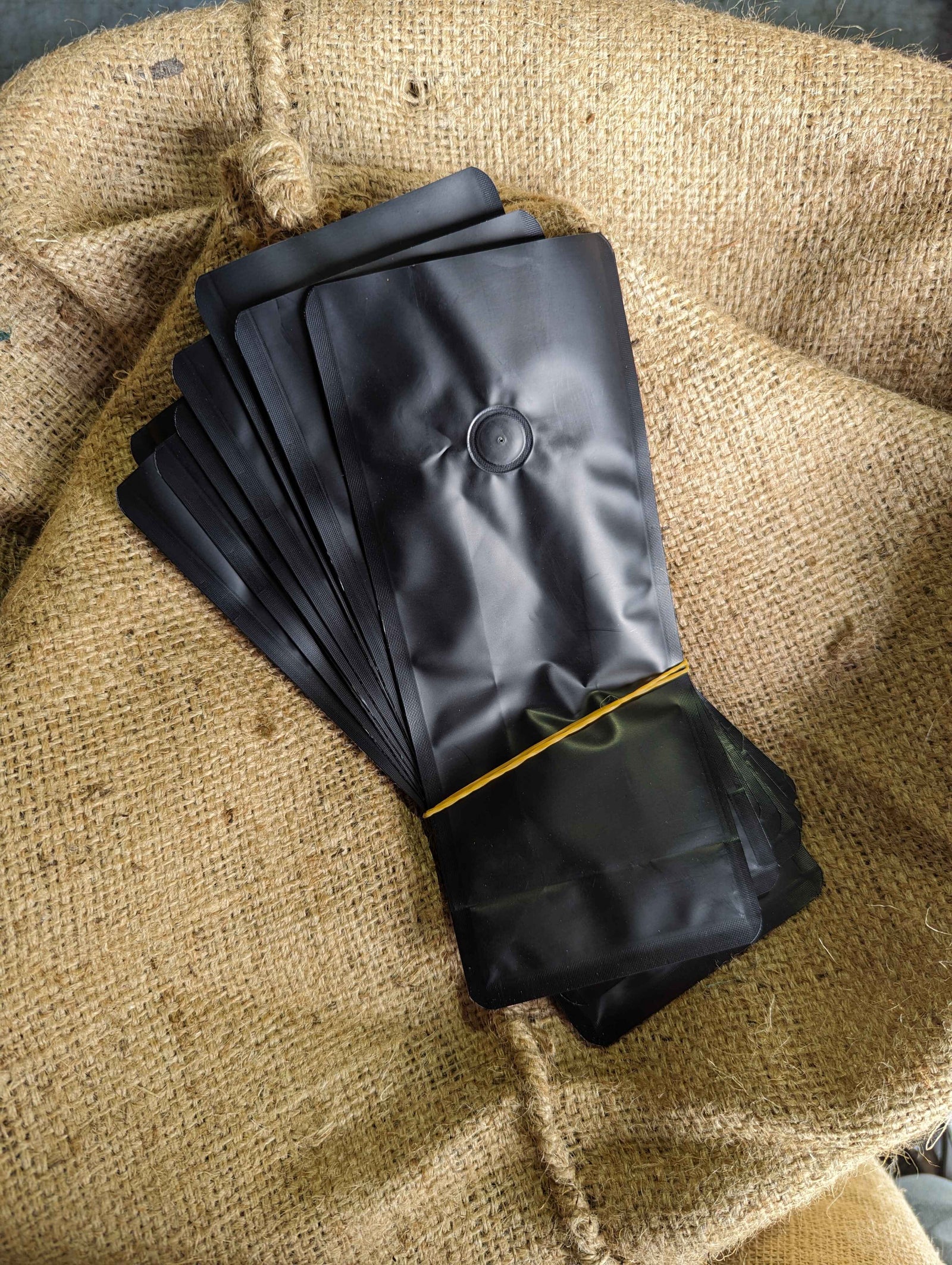Carbonic Maceration:
Carbonic maceration is a fermentation process used in coffee production that involves a controlled environment to enhance flavor and aroma development in coffee beans. It is similar to techniques used in winemaking and has gained popularity among coffee producers seeking unique and complex flavor profiles. Here's an overview of the carbonic maceration process in coffee fermentation:
1. Harvest and Cherry Selection:
The process begins with the careful selection of ripe coffee cherries. Only fully mature cherries are chosen for carbonic maceration to ensure uniformity in the fermentation process.
2. Preparation and Loading: The selected cherries are loaded into Bio Reactors. These tanks are often airtight and equipped with mechanisms to control temperature and gas levels. The cherries can be placed whole or crushed, depending on the desired outcome.
3. Purge and Replace Oxygen: To create an anaerobic (oxygen-free) environment, the tank is purged of oxygen. This is typically done by injecting inert gases like nitrogen into the tank. Removing oxygen is crucial because it prevents the growth of aerobic microorganisms and initiates anaerobic fermentation.
4. Carbon Dioxide (CO2) Addition: CO2 gas is introduced into the tank, creating a carbonic atmosphere. This gas replaces the oxygen and saturates the coffee cherries. The high levels of CO2 act as a natural preservative and inhibit the growth of unwanted bacteria or yeast.
5. Fermentation: In this controlled anaerobic environment, fermentation begins. During fermentation, the CO2 gas within the tank exerts pressure on the cherries, causing intracellular fermentation. This means that the fermentation process occurs inside the intact cherries, rather than as an external process. Fermentation can last from several hours to several days, depending on the desired flavour profile.
6. Temperature Control: Temperature control is crucial during carbonic maceration. Maintaining a stable temperature within the tank is essential for achieving the desired flavours. Temperatures are often monitored and adjusted to optimize the fermentation process.
7. Monitoring and Testing: Coffee producers closely monitor the progress of fermentation, conducting sensory tests and chemical analyses to determine when the desired flavours and aromas have developed. This is a critical step in ensuring the coffee meets quality standards.
8. De-pulping and Drying: After the fermentation process is complete, the coffee cherries are de-pulped to remove the beans. The beans are then washed and dried, typically on raised beds or patios. The drying process helps stabilize the beans and ensures they are ready for further processing.
9. Resting and Aging: Some coffees produced using carbonic maceration benefit from a resting period, during which the flavours continue to develop and mature. This resting period can last from a few weeks to a few months.

 Matte Black Coffee Bag Bundle - With Valve & Rippa Zippa
Matte Black Coffee Bag Bundle - With Valve & Rippa Zippa Matte Black Coffee Bag Bundle - With Valve
Matte Black Coffee Bag Bundle - With Valve






